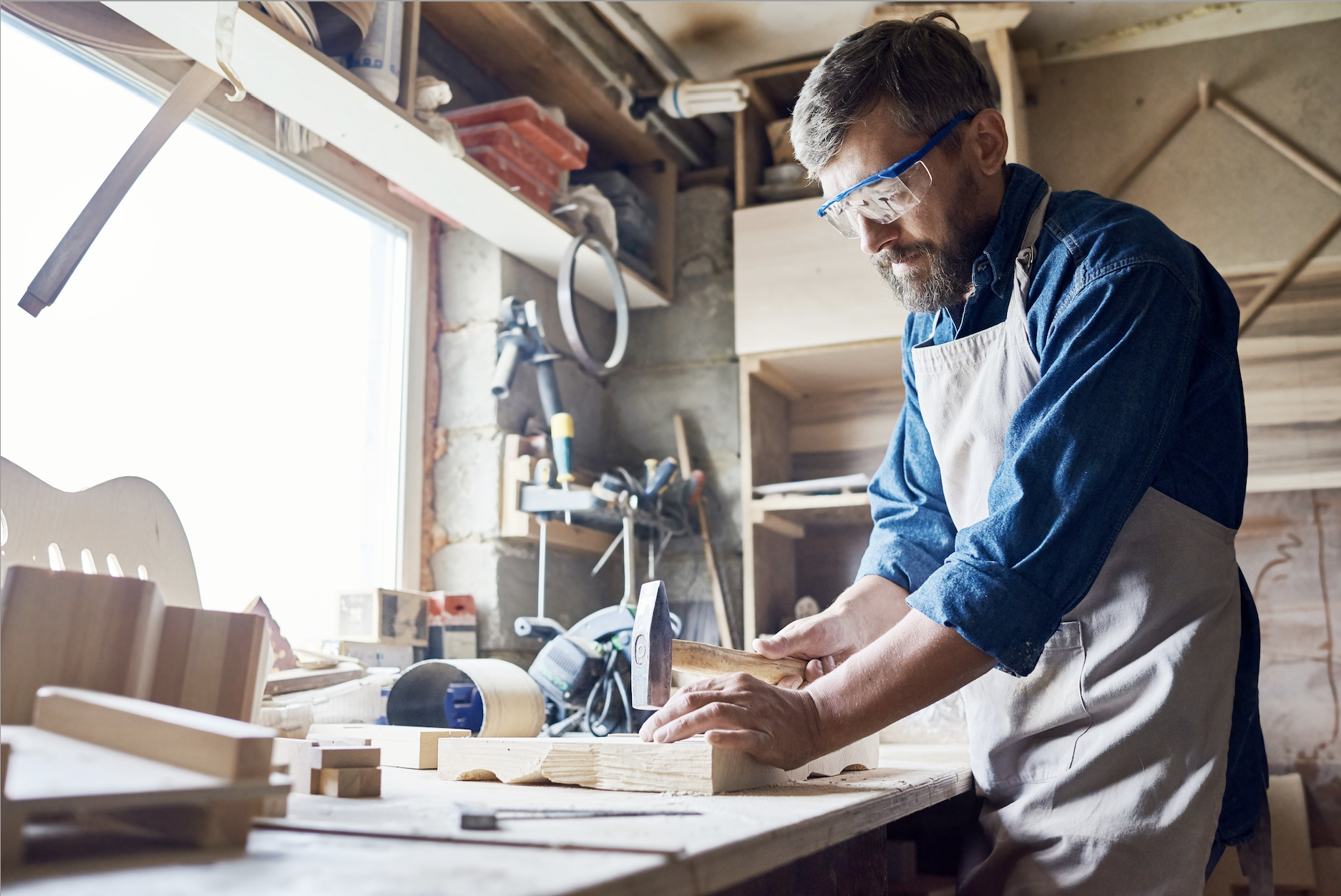Uncategorized
Keep Off-The-Job Safety In Your Sight
According to the American Academy of Ophthalmology (AAO), ninety percent (90%) of eye injuries could have been prevented by safety eyewear. On average, there are 800,000 workplace eye injuries per year, but that number continues to drop since the introduction of properly worn safety eyewear.
The success has to do with many factors, including new regulations by OSHA to keep professionals safe. Unfortunately, what happens off-the-job to keep employees safe is another issue.
On average, about 125,000 eye injuries occur at home each year due to cleaning chemicals, home improvement, or yard work, and this number is on the rise. Fortunately, with the knowledge that 90% can be prevented, companies such as SafeVision are working hard to provide safety eyewear for everyday use and inform workers to practice safety while off-the-job.
Outdoor Hazards
As spring and summer draw near, it’s time to think about the many hidden eye hazards outside of your home. Rocks, debris, branches, dust, and even UV exposure, can all pose significant risks to your eyes if they are not protected. Here are a few tips to help reduce your chances of eye injuries while in the yard:
- Before mowing, inspect the lawn for any debris or rocks that could kick up
- Cut back on limbs at eye level
- When performing tasks that produce debris, wear safety eyewear
- When applying fertilizer and pesticide, wear chemical goggles
- Store paint, oil, fertilizers, or other chemicals securely where they cannot be tipped over or accessed by young children or animals
- Keep tools organized much like you would at work
For many, they might think that a regular pair of sunglasses will protect their eyes, but they don’t have the same strength or protection as safety eyewear. If the sun is out, you should also be protecting your eyes from the sun’s ultraviolet rays no matter how long you are outside. Brief stints of intense UV light can cause redness, itching, and irritation. Long term exposure can lead to lasting damage to your eyes. Make sure your lenses provide full-spectrum UV protection and come with options such as polarized, tinted, photochromatic, and reflection lenses. These are all important to keep you from distractions or impaired vision, and harmful UV rays.
Indoor Hazards
While DIY projects have become much more popular these past few years, there are many challenges and risks to taking charge. Encouraging your employees to follow the directions and wear well-fitting safety eyewear will protect them from any flying objects, debris, or hard impact. Depending on the job, determine whether goggles or even respiratory protection are also required, and keep single-use eyewash bottles on hand if dust or sand gets into your eyes.
Chemical Hazards
Many everyday household products are hazardous when they make contact with the eyes. Solvents, detergents, or other chemicals should require the use of goggles to protect from splashes or harmful vapors. Acids and alkalis are also substances that cannot be protected by regular eyewear.
Selecting the Right Safety Eyewear
When a pair of protective eyewear does not fit properly, is uncomfortable, or causes vision distortion, most individuals will not wear them. Fortunately, at SafeVision, we provide multiple options for men and women that wear on-the-job and off-the-job. Our eyewear not only will protect you from harmful substances that try to enter your eye, but they are stylish and can even bring a fashionable touch to an everyday outfit. Our eyewear can be personalized and fit the needs of every individual, which makes SafeVision stand above the rest. When you choose SafeVision, you decide to help your employees find the best safety eyewear for them and their job. Companies that recognize there is value in safety at home will save thousands in the end because they encouraged safety and prevention from the beginning. Consider your workers’ safety both on and off the job and shop with SafeVision. Together, we can help decrease the number of injuries no matter where your employees are.

